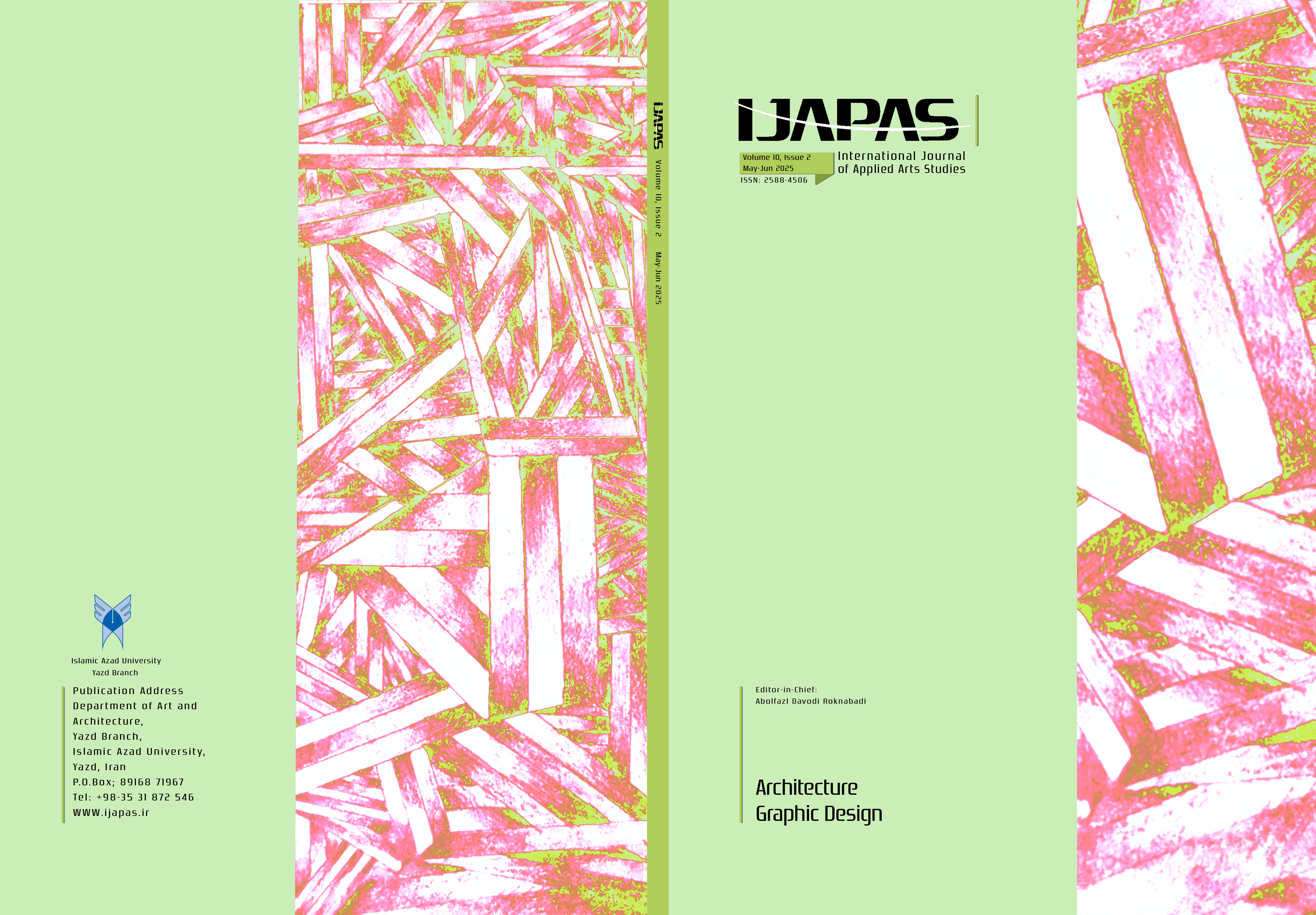Analysis and Evaluation of Visual Components in Environmental Graphic Design of the Hospital (Case Study: Children’s Ward of Emam Jafar Sadegh Hospital, Meybod
Main Article Content
Abstract
Objective: The purpose of writing this thesis is to analyze and evaluate the visual components in the environmental graphic design of Imam Jafar Sadegh Meybod Children's Hospital. The standards and criteria of the system defined in the design of the hospital have created difficulties in communicating between the elements in the space and human factors.
Methods: In this research, with the overall goal of removing visual additions and focusing on visual components and other factors related to environmental graphics, such as facilitating communication and information, we will create a safe and relaxing environment not only for children but also for hospital staff and companions. The research method is descriptive and analytical. The method of field research is in the form of library studies, and the collection tools are direct observation of the hospital environment, interviews with children, companions and hospital personnel, and the preparation of questionnaires.
Results: According to the findings and results, it can be said that a graphic designer can try to create a visual element by keeping in mind the useful visual components and their performance in the space and precision in establishing the proportion, coordination and composition of the visual elements. The graphic effect provides an ideal environment to provide a pleasant and helpful environment for all those who use the hospital space.
Conclusion: With the help of graphic science and its superior components, the sensory richness of the environment can be increased. Due to the sufficient understanding of the child's developmental characteristics and the upcoming capabilities and limitations, it is possible to design an environment that matches the child's conditions.
Downloads
Article Details

This work is licensed under a Creative Commons Attribution-NonCommercial 4.0 International License.
Copyright owner / Copyright holder:
Authors retain unrestricted copyrights and publishing rights. The author has complete control over the work (e.g., retains the right to reuse, distribute, republish, etc.).
Copyright Notice:
Authors who publish with this journal agree to the following terms:
- Authors retain copyright and grant the journal right of first publication with the work simultaneously licensed under the Creative Commons Attribution-NonCommercial 4.0 International (CC BY-NC 4.0), which allows others to:
Share — copy and redistribute the material in any medium or format;
Adapt — remix, transform, and build upon the material.
The licensor cannot revoke these freedoms as long as you follow the license terms. Under the following terms:
Attribution — You must give appropriate credit, provide a link to the license, and indicate if changes were made. You may do so in any reasonable manner, but not in any way that suggests the licensor endorses you or your use.
NonCommercial — You may not use the material for commercial purposes.
2. Authors are able to enter into separate, additional contractual arrangements for the non-exclusive distribution of the journal's published version of the work (e.g., post it to an institutional repository or publish it in a book), with an acknowledgment of its initial publication in this journal.
3. Authors are permitted and encouraged to post their work online (e.g., in institutional repositories or on their website) prior to and during the submission process, as it can lead to productive exchanges, as well as earlier and greater citation of published work (See: The Effect of Open Access).

